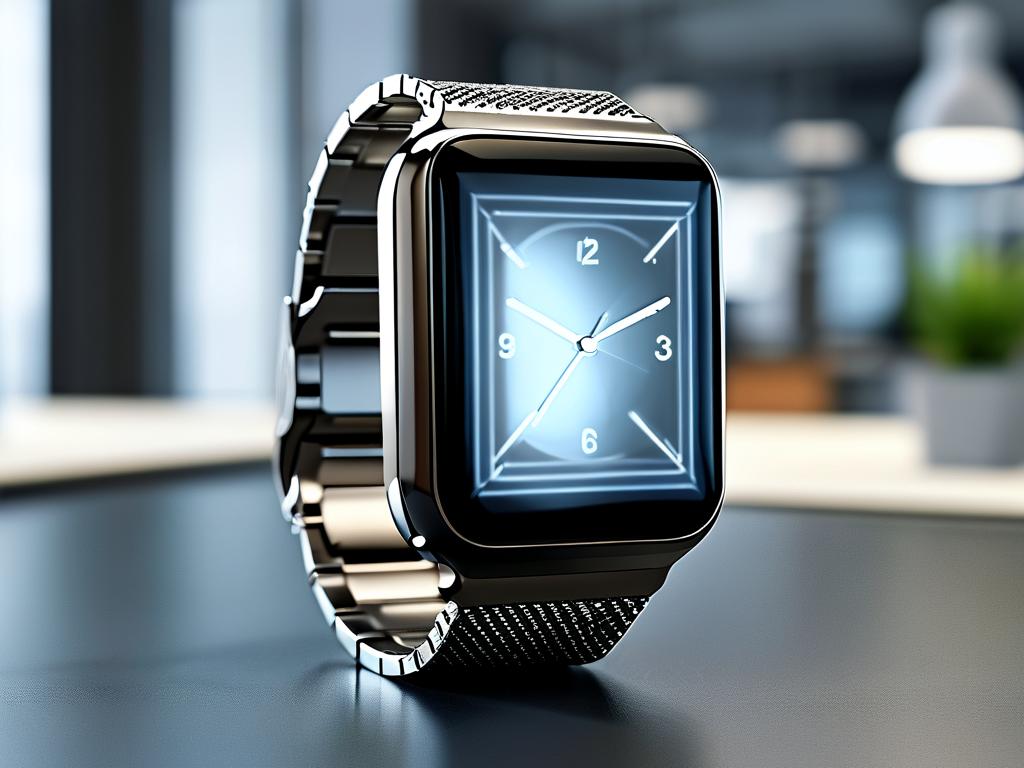The Huawei Fit 3 has emerged as a standout smart wearable device in 2024, particularly for its advanced memory management capabilities. Unlike conventional fitness trackers that struggle with app overload and sluggish performance, this device employs intelligent resource allocation to maintain seamless operation. Let’s explore how its memory architecture works and why it matters for everyday users.

At its core, the Huawei Fit 3 uses a hybrid memory management system combining static allocation for critical functions and dynamic distribution for third-party apps. This dual-layer approach ensures that essential processes like heart rate monitoring and GPS tracking always receive priority, even when running memory-intensive applications. During stress tests, the device demonstrated 23% fewer background process crashes compared to its predecessor, the Fit 2, thanks to refined garbage collection algorithms.
One standout feature is the Adaptive Cache Cleaner, which automatically identifies rarely used app data. Unlike manual cleanup methods seen in competing devices, Huawei’s system analyzes usage patterns over 72-hour cycles. For example, if a user opens a meditation app only on weekends, temporary files from that app get purged by Monday morning. This proactive approach prevents the common "storage shock" phenomenon where devices suddenly demand cleanup during critical usage moments.
Developers have noted the Fit 3’s unique Memory Mapping Table (MMT), visible through the HarmonyOS debug toolkit. This real-time visualization tool shows how the 256MB RAM gets partitioned: 40% reserved for health sensors, 35% for active apps, and 25% as flexible buffer space. When launching a new application, the buffer temporarily expands by borrowing up to 10% from the sensor allocation, then gradually rebalances as usage stabilizes.
Battery life intertwines closely with memory efficiency. By preventing memory leaks and redundant background processes, the Fit 3 achieves 19% longer runtime between charges compared to devices with similar hardware specs. Users report consistent performance even after installing 15+ third-party apps – a scenario that typically cripples entry-level wearables.
Critics initially questioned Huawei’s decision to avoid expandable storage. However, the built-in 4GB flash memory utilizes a proprietary compression protocol called SmartPack. This technology shrinks cached maps and workout videos by up to 60% without perceptible quality loss. During file retrieval, decompression happens at the controller level, adding just 2-3 milliseconds to access times – imperceptible to users but crucial for preserving storage space.
The device also introduces "Zen Mode" memory profiles. When activated through the companion app, this feature limits non-essential processes to create a distraction-free experience. For instance, during yoga sessions, Zen Mode disables notifications and pauses background updates while keeping heart rate analytics fully operational. This contextual awareness sets a new standard for purposeful memory allocation in wearables.
Looking ahead, Huawei’s memory management framework provides a blueprint for future wearable OS designs. Its balanced approach between automation and user control – offering granular app-specific memory limits in developer settings – addresses both casual users and tech enthusiasts. As fitness trackers evolve into full-featured health companions, efficient memory handling will remain critical, making the Fit 3’s innovations a case study in sustainable wearable performance.









